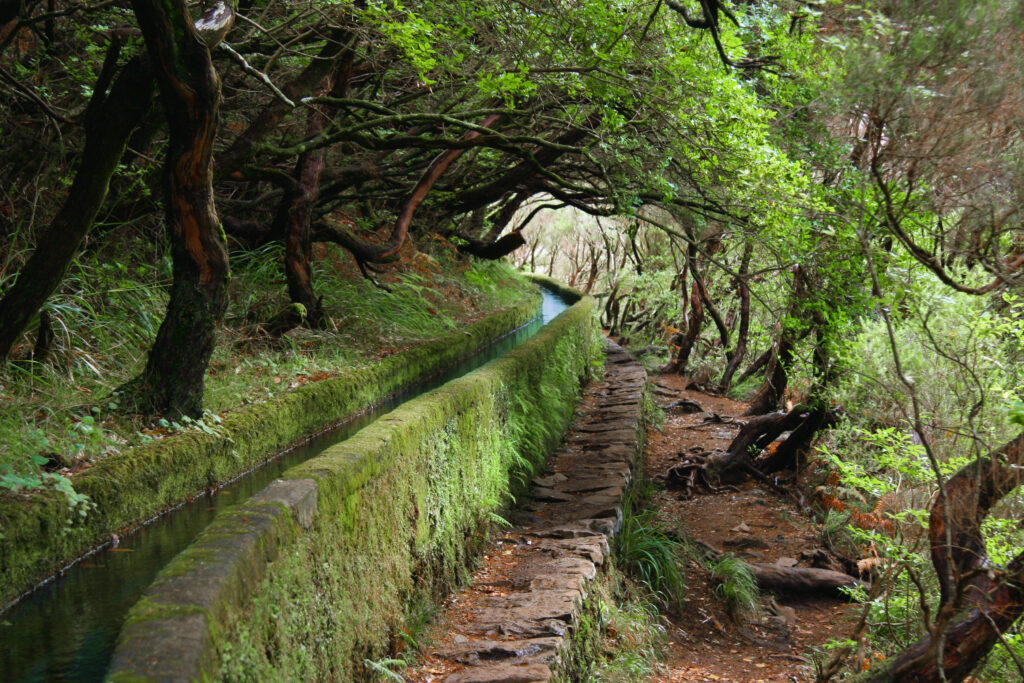Immersed in the lush landscapes of Madeira, one cannot escape the captivating allure of its intricate levada system, a testament to both engineering ingenuity and a complex historical legacy.
Venturing through the island’s challenging terrains, I found myself navigating a narrow path amid twisted laurel trees, with a rickety wire fence separating me from the breathtaking Caldeirão Verde below. As mist gave way to a thundering waterfall, the significance of Madeira’s 3,100km levada network unfolded – an integral part of the island’s identity, shaping its natural beauty and cultural heritage.
Situated 560km off Africa’s north-west coast, Madeira’s levadas, or man-made irrigation tunnels, have been vital for centuries. Originating nearly 600 years ago, engineered by Portuguese settlers for water supply, these channels also fueled the island’s lucrative sugar cane industry, establishing it as a major exporter by 1425.
The levadas, weaving through wild forests and skirting vertiginous mountains, have become synonymous with Madeira’s history. Coordinated by Susana Fontinha, a Unesco World Heritage stamp of approval is pending, recognizing the levadas’ inseparable connection to Madeiran identity.
Despite parallels with water transportation methods in other regions, Madeira’s volcanic topography sets it apart. The island’s dense woodlands and immense mountain ranges, discovered in 1419 by navigators João Gonçalves Zarco and Tristão Vaz Teixeira, earned it the name “Ilha de Madeira” or “the island of wood.”
Traversing the PR9 Levada do Caldeirão Verde hike reveals the untamed wilderness encountered by early settlers. With every step, hikers are surrounded by ancient laurel trees, wild mountain uveira, and Madeiran heather, providing a glimpse into the island’s natural splendor.
The initial levadas, funded by Genoese backers, facilitated the cultivation of sugar cane on Madeira’s fertile soil. Water collected from higher grounds through narrow channels, managed by levadeiros (caretakers), played a crucial role in this cash crop’s success.
However, the darker side of the levadas’ history emerges when exploring the labor behind their construction. Historical accounts suggest enslaved people, including Canary Island and African slaves, were instrumental in building the levadas during the sugar revolution. This system became a blueprint for sugar mills globally, influencing figures like Christopher Columbus.
As the sugar industry peaked in 1506, Madeira’s levadas faced challenges, leading to a decline in output by 1530. In the subsequent centuries, the island’s focus shifted to wine production, diminishing the importance of the levadas. Yet, in the 19th Century, they regained prominence, supporting agriculture and improving nutrition.
Today, the levadas are not only a symbol of Madeira’s rich history but also a driving force in reshaping its tourism. Transitioning from a tranquil winter retreat to a destination for adventurous thrill-seekers, Madeira’s levadas continue to evolve, embodying the island’s resilience and adaptability through the ages.

